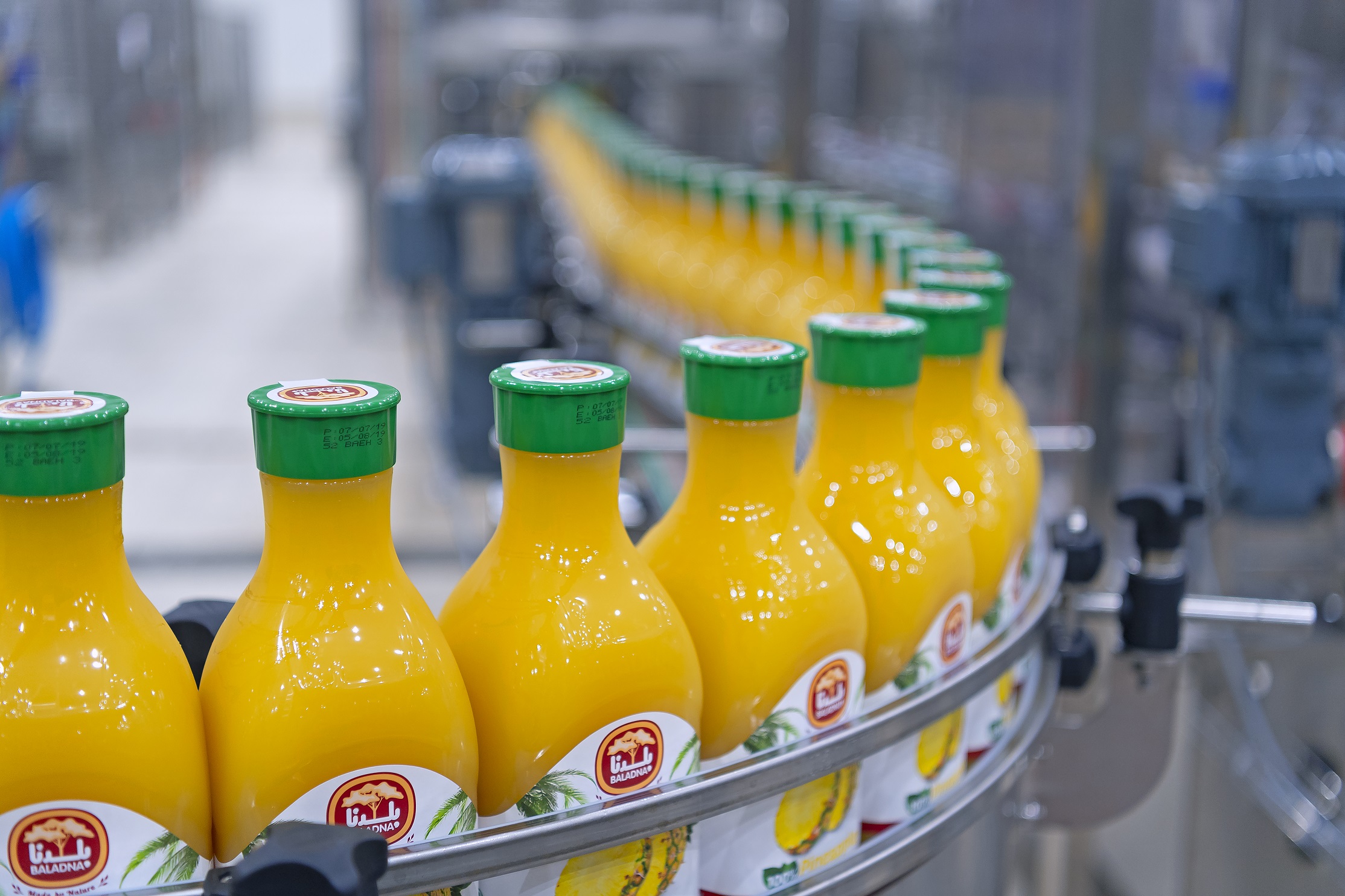Qatar’s juice market: The pursuit for food security through diversification
March 22, 2021The Middle East is developing a thirst for juices, with some of the region’s major companies and whole economies expanding into the sector.
The juice market in wealthy Gulf states is forecast to grow by nearly 7% between 2020 and 2025, according to MarketResearch.com. This follows a doubling of demand in the previous two years, with healthy drinks featuring vegetables and seeds particularly growing in popularity.
In Qatar, the smoothie market will hit $53.5m by 2025. That’s an annual growth rate of more than 4.8% over five years, compared to just 0.9% in 2015-20.
Health conscious Qatari juice drinkers are moving towards both higher quality and long-lasting juices, because they enjoy the associated lifestyle and storage benefits. They also want to know the provenance of their drinks, preferring the farm-to-shop journey with the least carbon footprint.
For Qatar, juice is the next logical step to becoming self-sufficient in agriculture, a key element of the country’s strategic economic plan, known as National Vision 2030. Locally produced juices meet Qatar’s ambition for food security and the demand for home grown products, many of which can be manufactured by existing agricultural firms looking to move into new sectors as part of their growth plans.
Already, Baladna – a 2.4 million square metres farm built to provide fresh milk following the blockade nearly four years ago – has brought Qatar dairy security. Today, Baladna’s 22,000 cows, based just north of Doha, provide the milk for every eight out of ten glasses that are drunk in the country.
Baladna chairman Moutaz Al-Khayyat says: “Qatar is on a mission to create a diversified economy. Food sustainability is a crucial aspect of that, providing nutrition and tackling some of the roots caused by climate change, such as transportation.
“It has been crucial for Qatar to focus on core agricultural areas, such as meat, dairy, fruit, and vegetables. Having achieved so much, it is now time to take those ingredients and make sure Qatar achieves food security in value added products, including juices.”
The Qatari juice market is currently worth around $80m, sustaining its value last year despite the Covid pandemic. As with the smoothie sub-sector, there’s little doubt sales will increase at a rapid pace in the coming years, particularly around the 2022 FIFA World Cup when there will be an influx of visitors.
To fulfil demand, domestic players will have to offer a broader range of juices. For example, Baladna started producing a range of long-life juices in 2020; these already account for nearly a fifth of the overall market.
Creating juices that last for up to nine months requires plant investment, with expansion of existing facilities taking place ahead of production. Domestic companies looking to enter the market will also have to consider the country’s sustainability commitments.
This is why the filling machine from the milk production line is used to fill all the other beverages made by Baladna, including its six flavours of juices. Baladna managing director Ramez Al-Khayyat adds: “Focusing on sustainability by repurposing equipment so that it can be used across products has the added benefit of creating economic synergies.
“Too often companies consider sustainability to be an added cost, when it is in fact vital to reducing wasteful duplication.”
Qatari companies diversifying into juices are going to adopt a range of sustainable practices. These are likely to include the recycling of plastic bottles, energy saving methods through the production process, and sourcing fruit from local farmers or nearby countries that have the same philosophy on sustainability.
Qatar’s burgeoning domestic juice market is, therefore, not just sating a thirsty nation. It is also fostering the innovation needed for comprehensive food security.
This article was originally published in Food Navigator-Asia.
